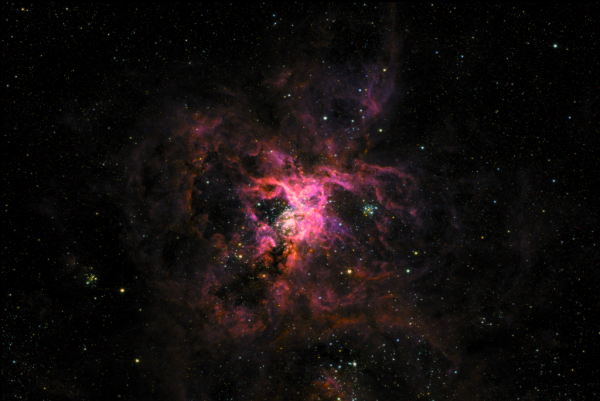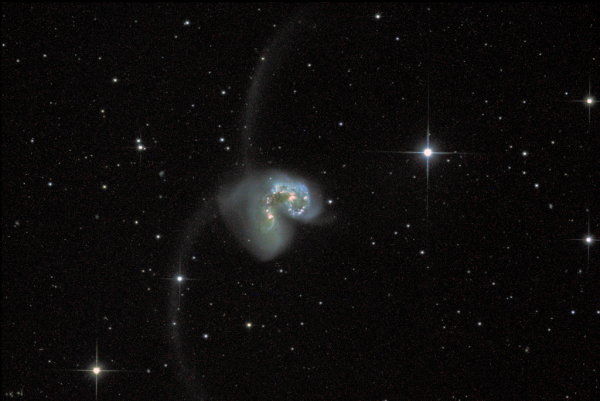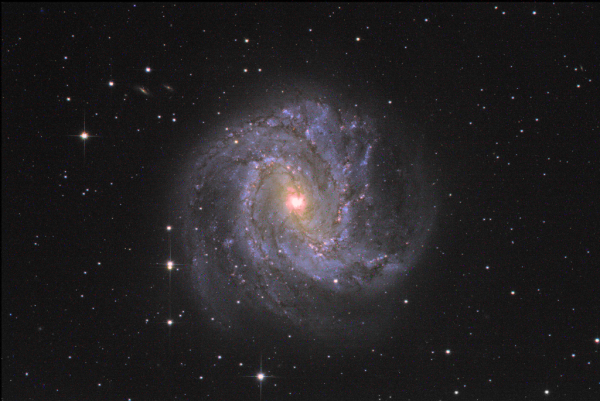NASA and Airways launch another stadium-sized balloon to the edge of space
13 May 2023
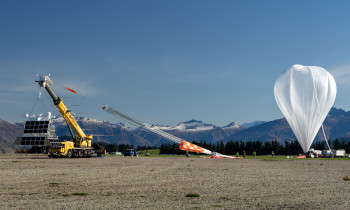
NASA has today launched another super pressure balloon from Wānaka Airport, with Airways New Zealand helping the stadium-sized balloon to climb safely to the edge of space.
It’s the second scientific balloon NASA has launched from Wānaka this year – and will join another launched on 16 April 2023 which is now on its fourth circumnavigation of the globe at about 33 kilometres or 107,000 feet above the southern oceans.
Airways, New Zealand’s air navigation services provider, works with NASA to plan the launches of the balloons, which inflate fully in flight to 532,000 cubic meters, about the size of Dunedin’s Forsyth Barr Stadium, and carry a scientific payload of over 2 tonnes.
The wind-propelled balloons are filled with helium and will circumnavigate the earth above the Southern Hemisphere for as long as possible, which could be up to 100 days. They are testing NASA’s super pressure technology, which is designed to maintain their internal pressure, keeping them at a constant density altitude despite temperature changes between day and night.
The balloon launched today carries a University of Chicago instrument to detect ultra-high-energy cosmic ray particles from beyond our galaxy. The Princeton University space telescope aboard the first balloon is designed to image large galaxy clusters to map dark matter.
Airways New Zealand’s General Manager Air Traffic Services, Katie Wilkinson, says air traffic controllers gave NASA the green light to launch the balloon at 12.03 pm today, after creating a safe launch path through New Zealand-controlled airspace, which rises to 18.3 kilometres or 60,000 feet.
“We’re excited to see NASA having such success with its balloon launches this year. Like the first balloon, this second one may be visible to some people in Otago and Canterbury before it crosses the east coast of the South Island early this afternoon. It is shaped like a tear drop on launch, but as it ascends into the less dense atmosphere it inflates fully into a pumpkin shape.”
“NASA comes to Wānaka to launch these balloons because the weather is generally good and access to the area around the airport can be controlled during the launch. We do a lot of work beforehand to plan a safe airspace around the balloon and minimise disruption to other aircraft – it moves slowly, and the weather conditions tell us where it’s heading,” says Ms Wilkinson.
NASA’s Balloon Program Office chief, Debbie Fairbrother, says the super pressure balloons are performing brilliantly.
“The balloons are maintaining a steady altitude at about 107,000 feet, which is the primary goal of this mission for NASA. We expect a balloon to circumnavigate the Southern Hemisphere once every week to three weeks, and our aim is for them to do it several times as we verify and validate our technology.
“Balloons enable scientific research at the edge of space for a fraction of the cost of launching a rocket. The space telescope on board our first balloon is already returning stunning images of the Tarantula Nebula and Antennae, Southern Pinwheel and Sombrero galaxies, and will be imaging large galaxy clusters to help map dark matter. Meanwhile, the observatory on board our second balloon will pick up mysterious cosmic rays.”
The balloon launched today is carrying the Extreme Universe Space Observatory 2 (EUSO-2) from the University of Chicago, which will detect ultra-high-energy cosmic ray particles from beyond our galaxy as they penetrate Earth’s atmosphere. The origins of these particles are not well understood, so the data collected will help solve this mystery.
The balloon launched on 16 April 2023 is now returning images from Princeton University’s Super Pressure Balloon Imaging Telescope (SuperBIT), which maps dark matter around galaxy clusters by measuring the way these massive objects warp the space around them – a phenomena called weak gravitational lensing. SuperBIT captures images in the visible-to-near ultraviolet light spectrum, like the Hubble Space Telescope, but with a wider field of view.
NASA has previously launched three super pressure balloons from Wānaka, one each year between 2015 and 2017. A planned 2020 campaign was cancelled due to the COVID-19 pandemic, and the agency’s 2022 campaign ended without a launch due to a ground system anomaly.
Airways New Zealand has enabled more than 50 launches for organisations such as NASA and Google, and in late 2021, it signed a second five-year contract with New Zealand’s Rocket Lab, including management of a special-use airspace around its Electron rockets.
Find out more:
Track the NASA balloons around the globe here:
http://www.csbf.nasa.gov/newzealand/wanaka.htm
Follow the NASA blog for updates:
Super Pressure Balloon (nasa.gov)
Images and video:
Images and video of the launch of the second NASA balloon and those taken from the SuperBIT telescope aboard the first balloon are available to the media on request.
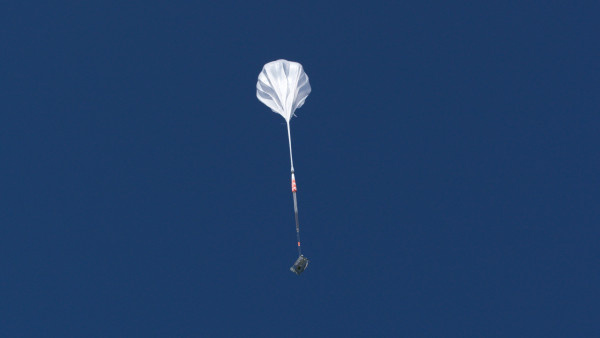
NASA's second super pressure science balloon in flight above Wānaka, New Zealand. Image: NASA
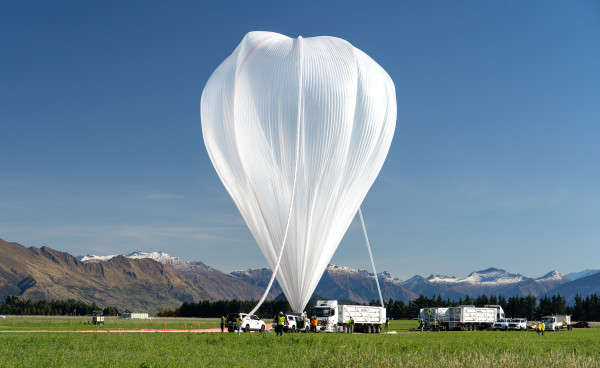
NASA's second super pressure balloon ready for launch from Wānaka Airport, New Zealand. Image: NASA

NASA's second super pressure balloon ready for launch from Wānaka Airport, New Zealand - wide view. Image: NASA
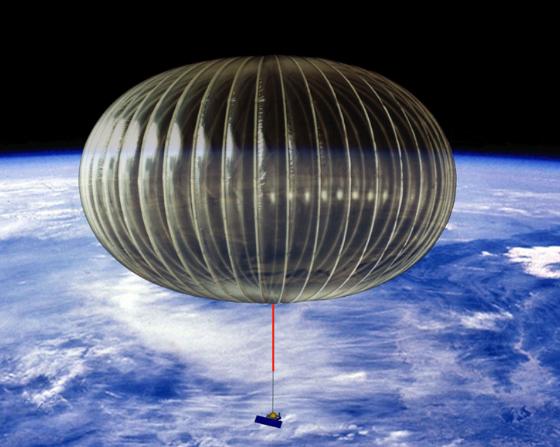
An artist's impression of NASA's super pressure science balloon in flight at the edge of space. Image: NASA
The Tarantula Nebula, taken by the Super BIT telescope on the first NASA balloon launched from Wānaka, New Zealand. Image: NASA, SuperBIT
The Antennae galaxies taken by the SuperBIT telescope on the first NASA balloon launched from Wānaka, New Zealand. Image: NASA, SuperBIT
The Southern Pinwheel spiral galaxy or Messier 83, taken by the SuperBIT telescope on the first NASA balloon launched from Wānaka, New Zealand. Image: NASA, SuperBIT
The Sombrero galaxy or Messier 104, taken by the SuperBIT telescope on the first NASA balloon launched from Wānaka, New Zealand. Image: NASA, SuperBIT
About NASA
NASA’s Wallops Flight Facility in Virginia manages the agency’s scientific balloon flight program with 10 to 15 flights each year from launch sites worldwide. Peraton, which operates NASA’s Columbia Scientific Balloon Facility (CSBF) in Texas, provides mission planning, engineering services, and field operations for NASA’s scientific balloon program. The CSBF team has launched more than 1,700 scientific balloons over some 40 years of operations. NASA’s balloons are fabricated by Aerostar. The NASA Scientific Balloon Program is funded by the NASA Headquarters Science Mission Directorate Astrophysics Division.
About Airways New Zealand
Airways provides air navigation services in New Zealand airspace and across our Oceanic Flight Information Region – one of the largest airspace regions in the world. We control the air traffic in 30 million square kilometres of airspace over the South Pacific and Southern Oceans and the Tasman Sea, from 5 degrees south of the equator to Antarctica.
We are also responsible for maintaining and investing in the aviation infrastructure that supports New Zealand’s air traffic management system.
Alongside our core New Zealand air traffic management business, Airways International delivers air traffic management consultancy, airspace design, and training products and services around the world.
Airways employs approximately 800 staff nationally in highly skilled and technical roles. Our people work across the Christchurch Radar Centre, Auckland Oceanic Centre, 17 control towers, and corporate offices in Auckland, Wellington and Christchurch.

